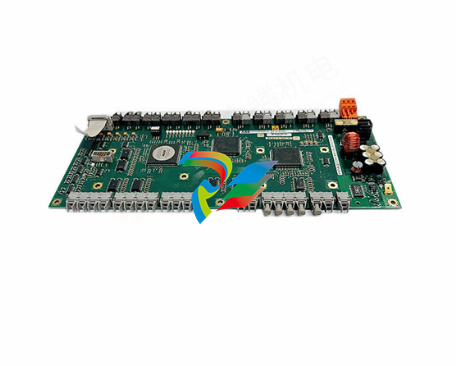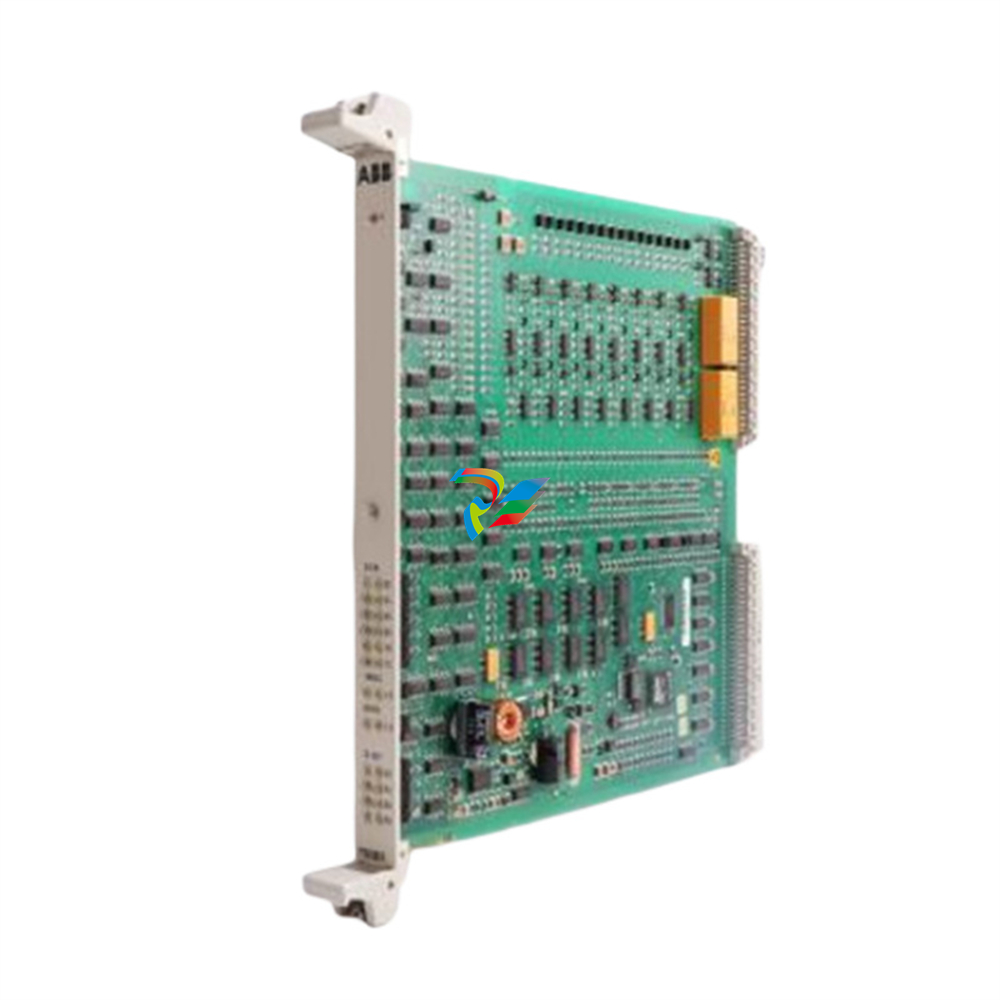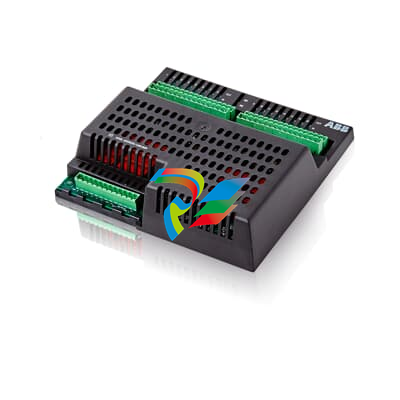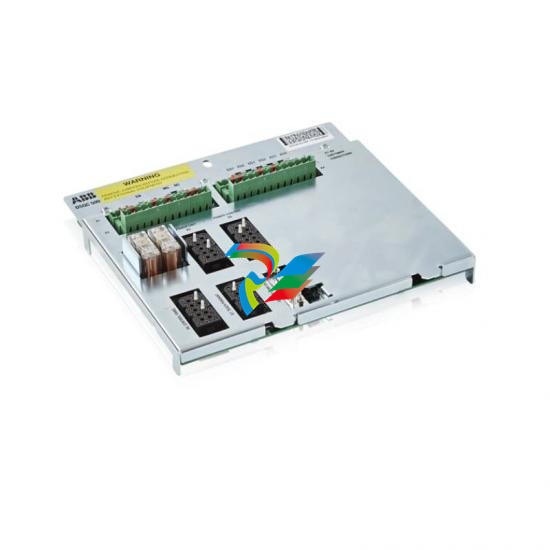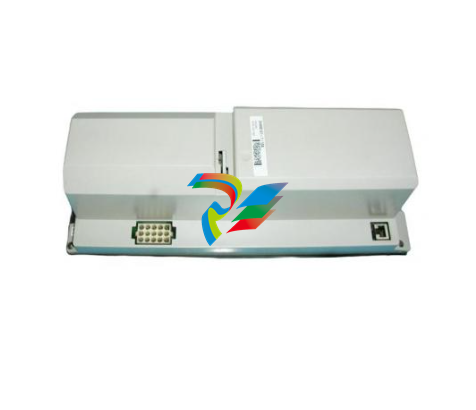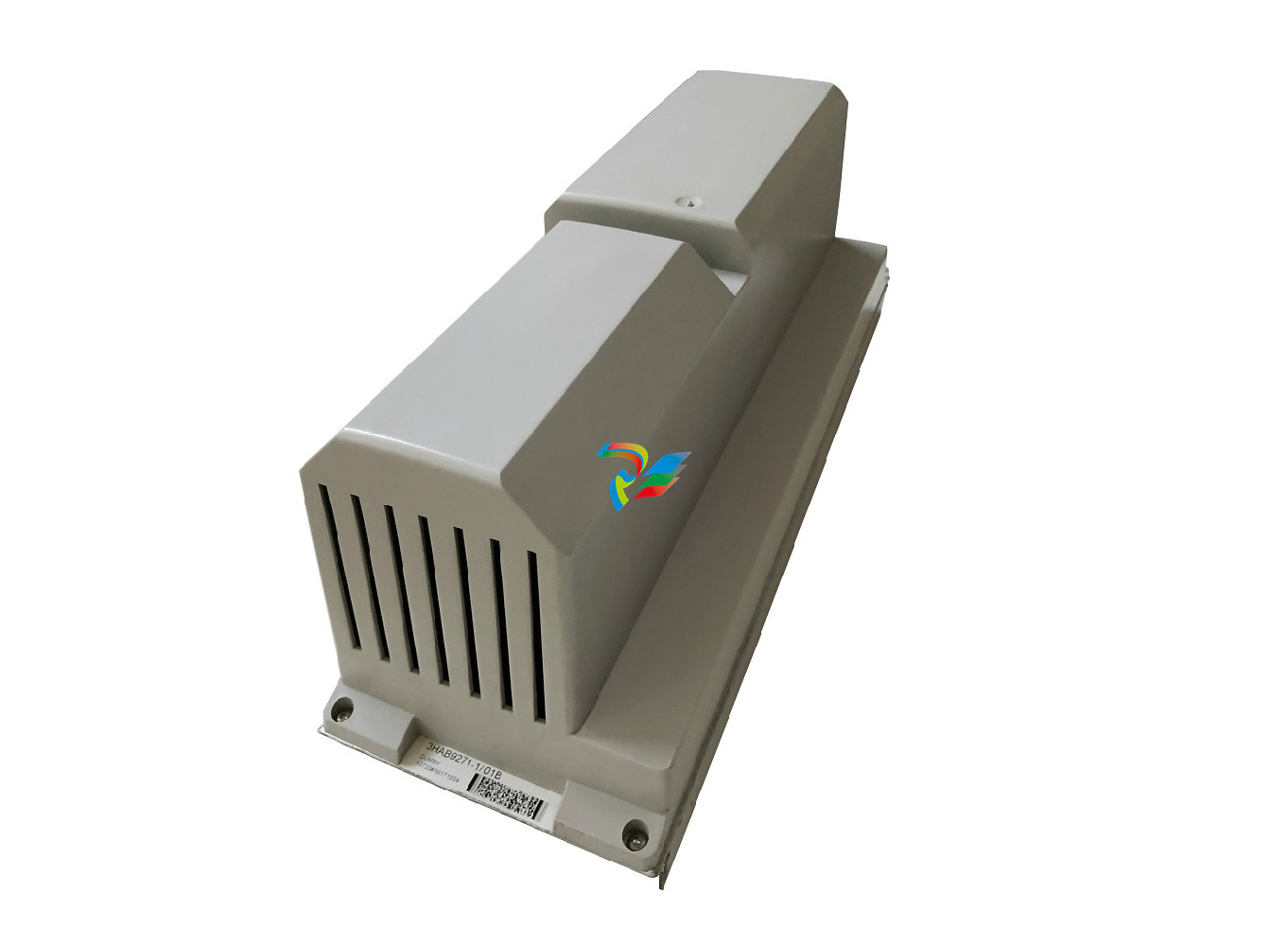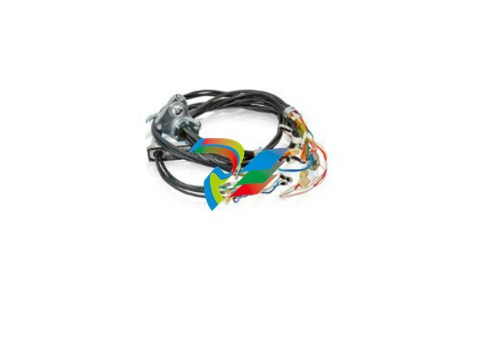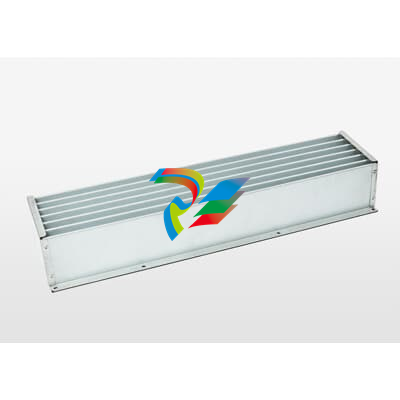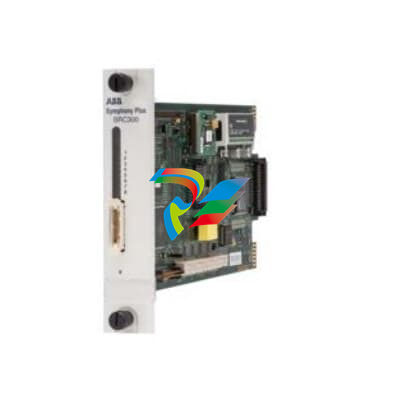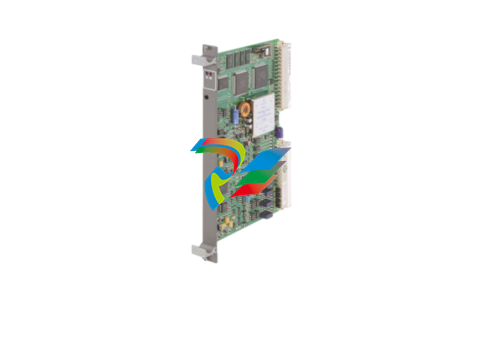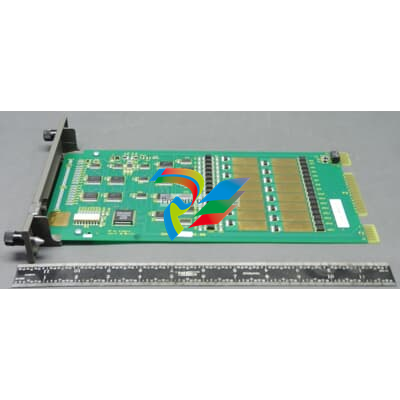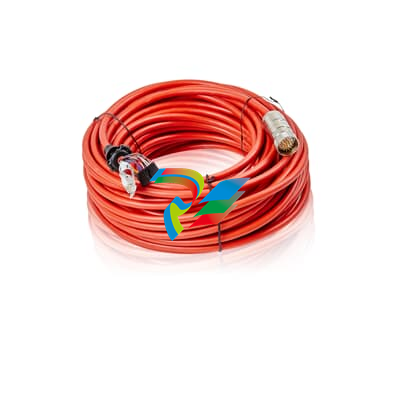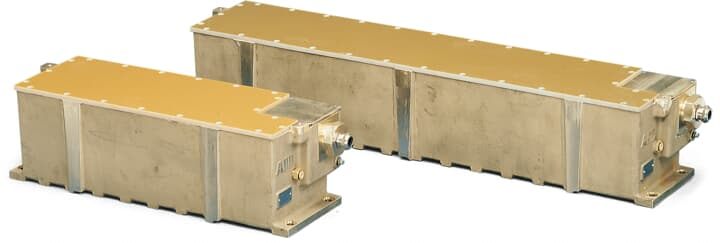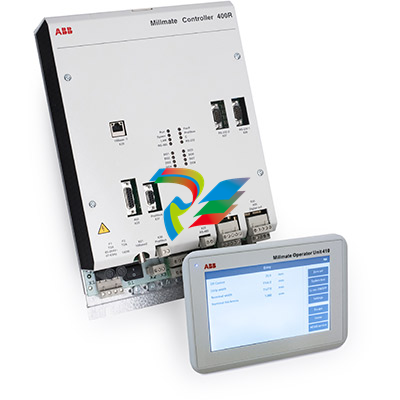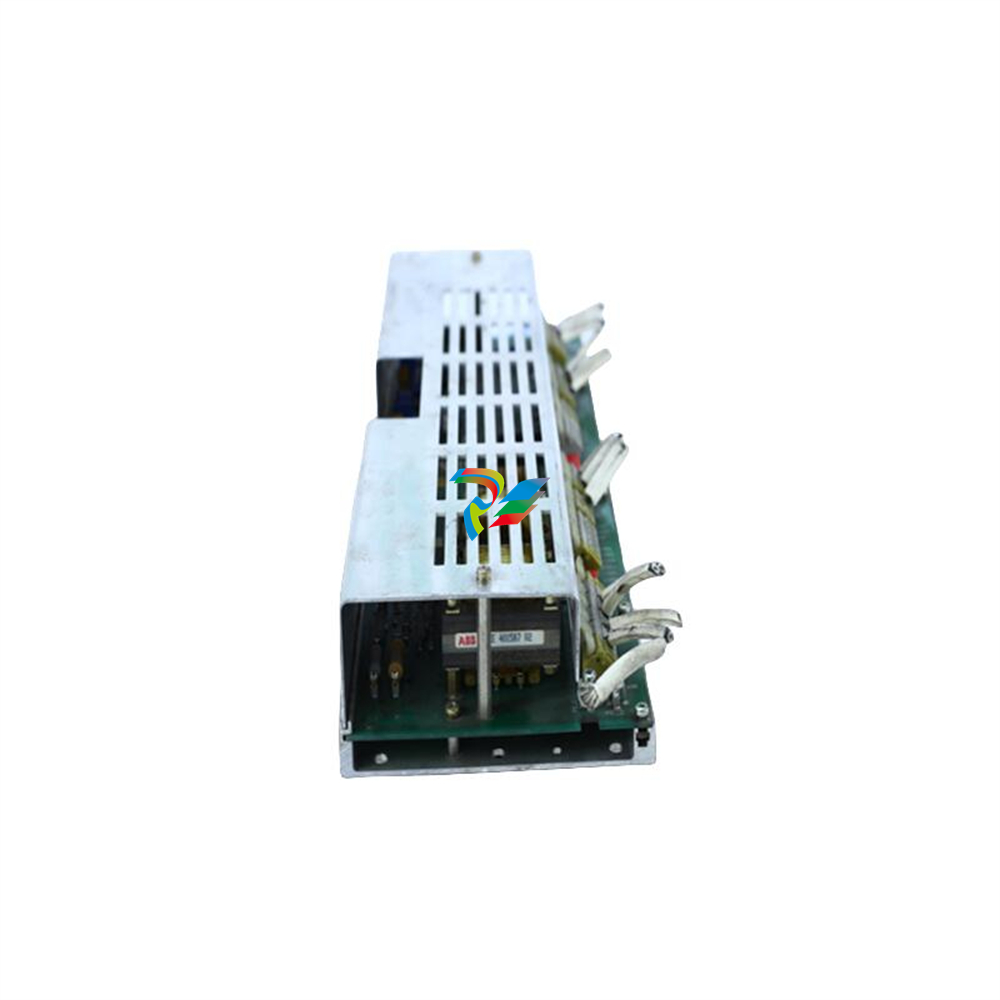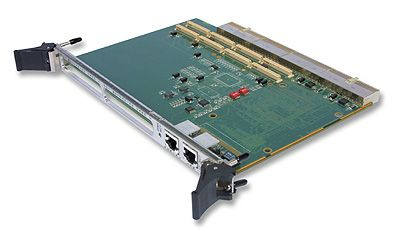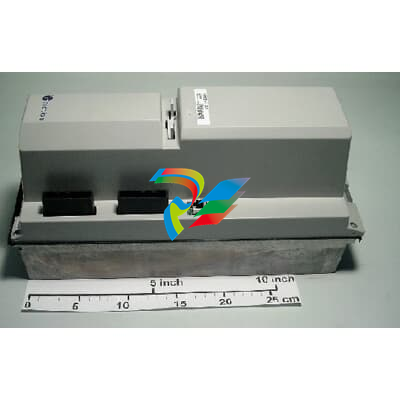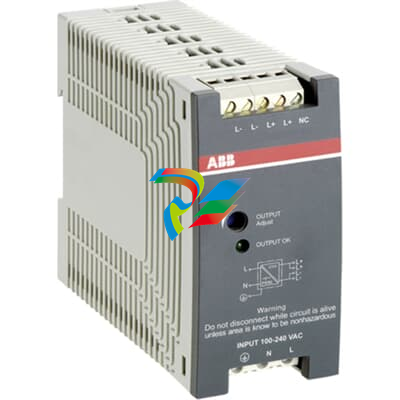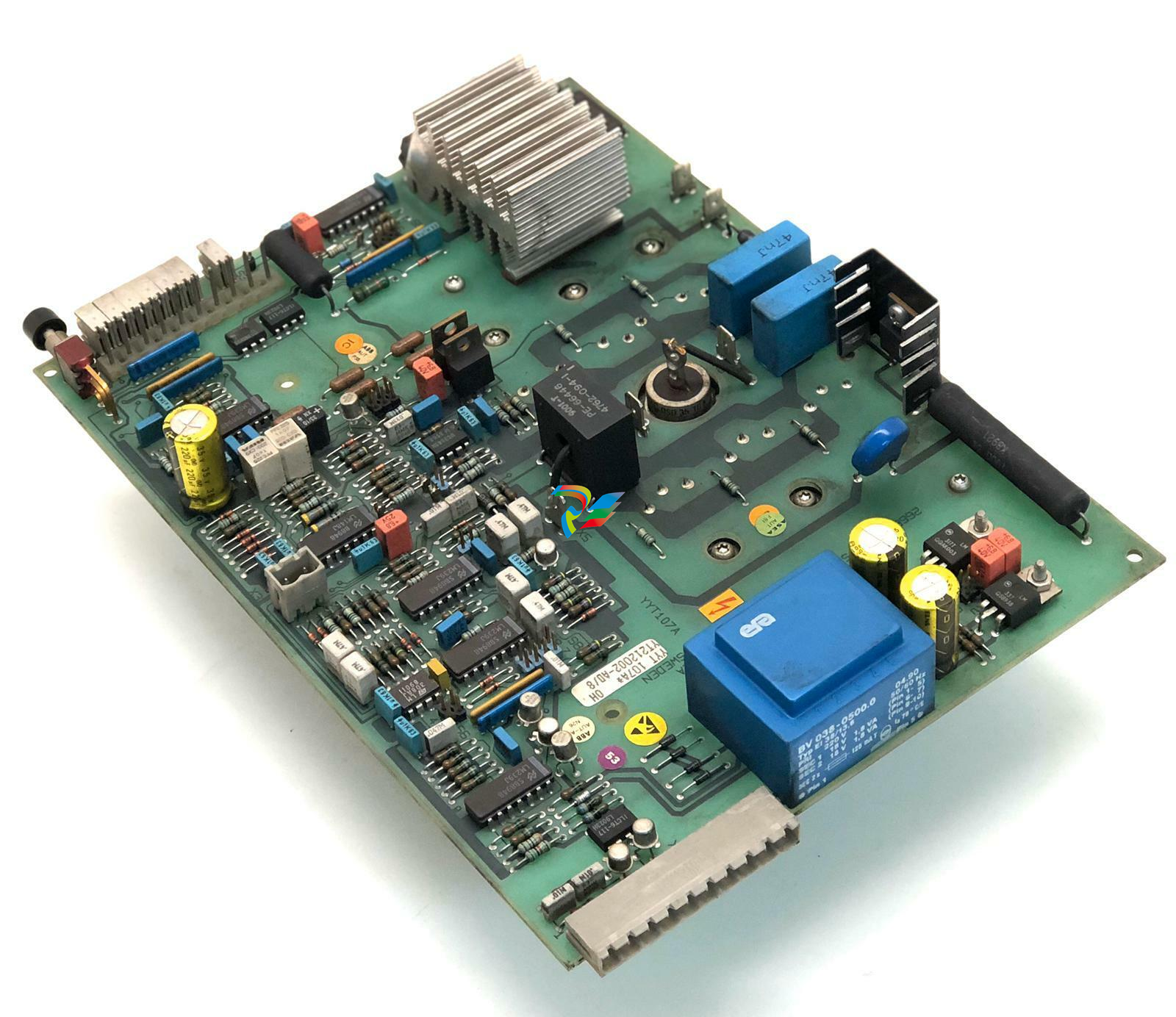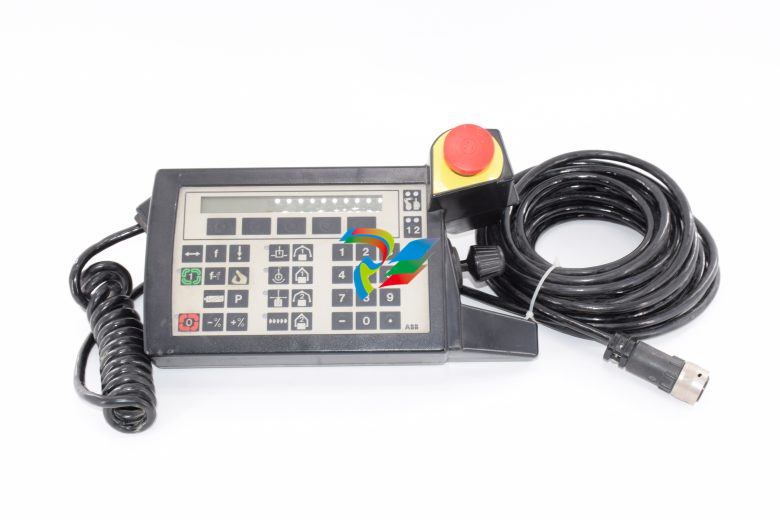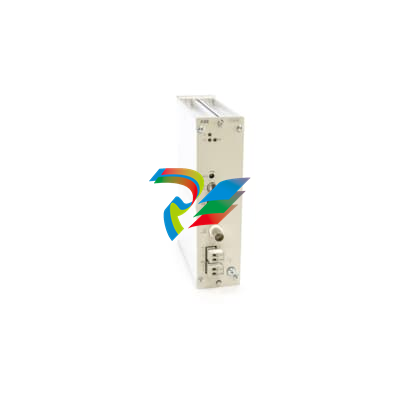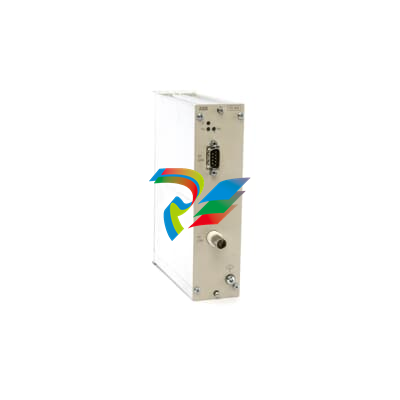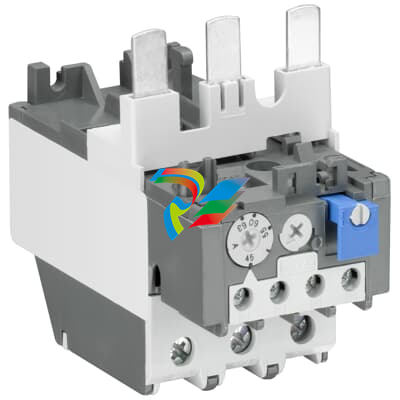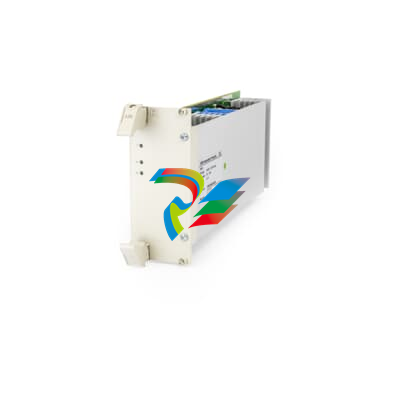
Condition monitoring system (CMS) software for the VM600 series
From the Vibro-Meter® product line
» Configuration and operation of VM600
hardware (CMC16 and IOC16T condition
monitoring card pairs)
» Automatic data acquisition and storage
» Limit exceedance checking and
event logging
» Online or offline data analysis
» Graphical user interface
» Runs on Windows® Server 2003,
Windows NT, Windows 2000, Windows XP,
Windows Vista and Windows 7 operating
systems
» ANSI SQL-92 compatible
» Optional modules:
Air Gap Module for hydro-turbines
Diagnostics Rule Box
DESCRIPTION
Condition-based maintenance is a predictive
methodology that can be used to improve your asset
(machinery) effectiveness. It enables you to:
• Improve equipment reliability through the effective
prediction of equipment failures
• Minimise downtime through the planning and
scheduling of overhauls
• Maximise component life by avoiding critical known
conditions
• Utilise condition monitoring techniques to maximise
equipment performance.
The VM600 CMS Software from Meggitt Sensing
Systems’ Vibro-Meter ® product line is based on this
principle and is dedicated to the support of technicians,
operators and engineers, enabling them to identify a
problem rapidly, evaluate the situation and determine the
appropriate action to take.
The VM600 CMS Software has a truly modular
architecture that adapts to your specific needs. It
comprises several software modules for use with the
VM600 series hardware
To use the VM600 CMS Software, the system
parameters are configured (once) before the data
acquisition and signal processing starts. Then the results
can be displayed as required, to assist the advanced
analysis and diagnosis of the monitored machinery.
The VM600 CMS Software has the ability to
automatically adapt to the criticality of the machine
status by applying specific data logging scenarios. The
background mode is continuous low-resolution data
acquisition. The scheduled mode is pre-defined highresolution acquisition. The transient mode is
automatically detected and then transient data are
acquired when the speed is out of the "steady" state.
Finally, the manual mode is real-time data acquisition
initiated by the user.
The VM600 CMS Software takes advantage of the
industry standard platforms to allow total adaptability of
the system. It runs under Windows Server 2003,
Windows NT, Windows 2000, Windows XP,
Windows Vista and Windows 7 and has a fully graphical
interface for ease of use. Moreover, the SQL-based data
management server allows you to communicate with any
other SQL-based database.
The VM600 CMS Software can run on a single host
computer or on a number of systems connected to the
VM600 rack by network connections. This lets you
decide whether you need to perform the entire
configuration, acquisition, data analysis and
troubleshooting tasks from one location or distribute
them among several workstations. In a distributed
configuration, all specific functions can be performed on
dedicated computers by appropriate personnel. This
classification also enables remote data collection and/or
analysis, and means that configuration and
troubleshooting tasks can be performed via remote
access if necessary.
For further applications, the VM600 CMS Software
provides a suite of standard import/export interfaces,
enabling you to transfer data to/from any third-party
system. Your installation benefits are thus the full
flexibility and scalability of the system, because it
enables the correlation of vibration data with other
parameters that are already available from other
devices, so there is no need to re-measure. The
available interfaces are Modbus and OPC (open
connectivity) for communication with field devices such
as PLDs (programmable logic devices) and DCSs
(distributed control systems). The Microsoft ® DDE
(dynamic data exchange) standard is used to exchange
data between the VM600 CMS Software and external
devices. Finally, the ODBC (open database connectivity)
allows your VM600 CMS database to import data from
any ODBC database.
On top of these modules, the Diagnostics Rule Box
enables the user to integrate his machinery knowledge
within the program rules, set conditions on real-time
values, create alarms and alerts, and ultimately generate
automatic actions to adequately warn the user if an
event occurs.
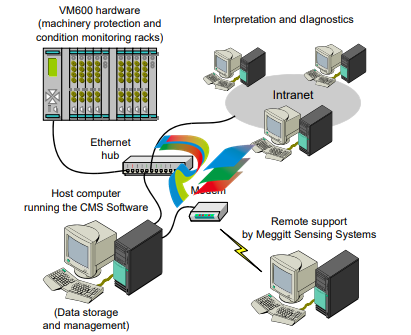
Figure 1: VM600 CMS system architecture – the relationship between the computers running VM600 CMS
and the underlying VM600 hardwar
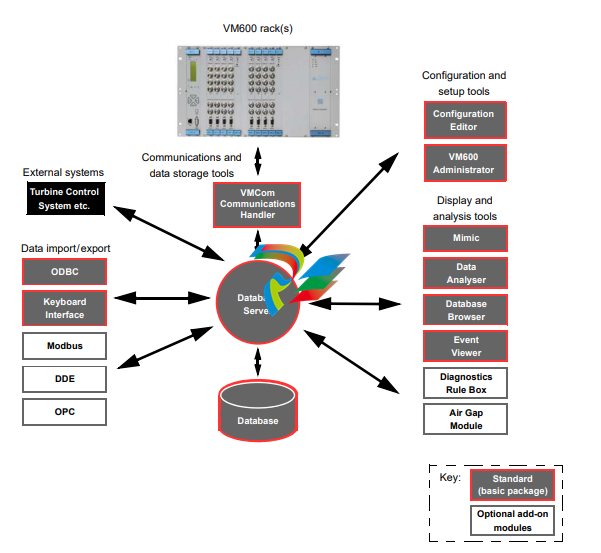
Figure 2: VM600 CMS Software architecture – the relationship between the VM600 CMS Software application modules,
external interfaces and the underlying VM600 hardware
VM600 condition monitoring system software
CMS
4 / 12 © Meggitt SA / 268-106 / Version 4 / 02.10.2012 / E
SOFTWARE MODULES
The software application modules that make up the VM600 CMS Software client-server architecture are as shown in


































































































